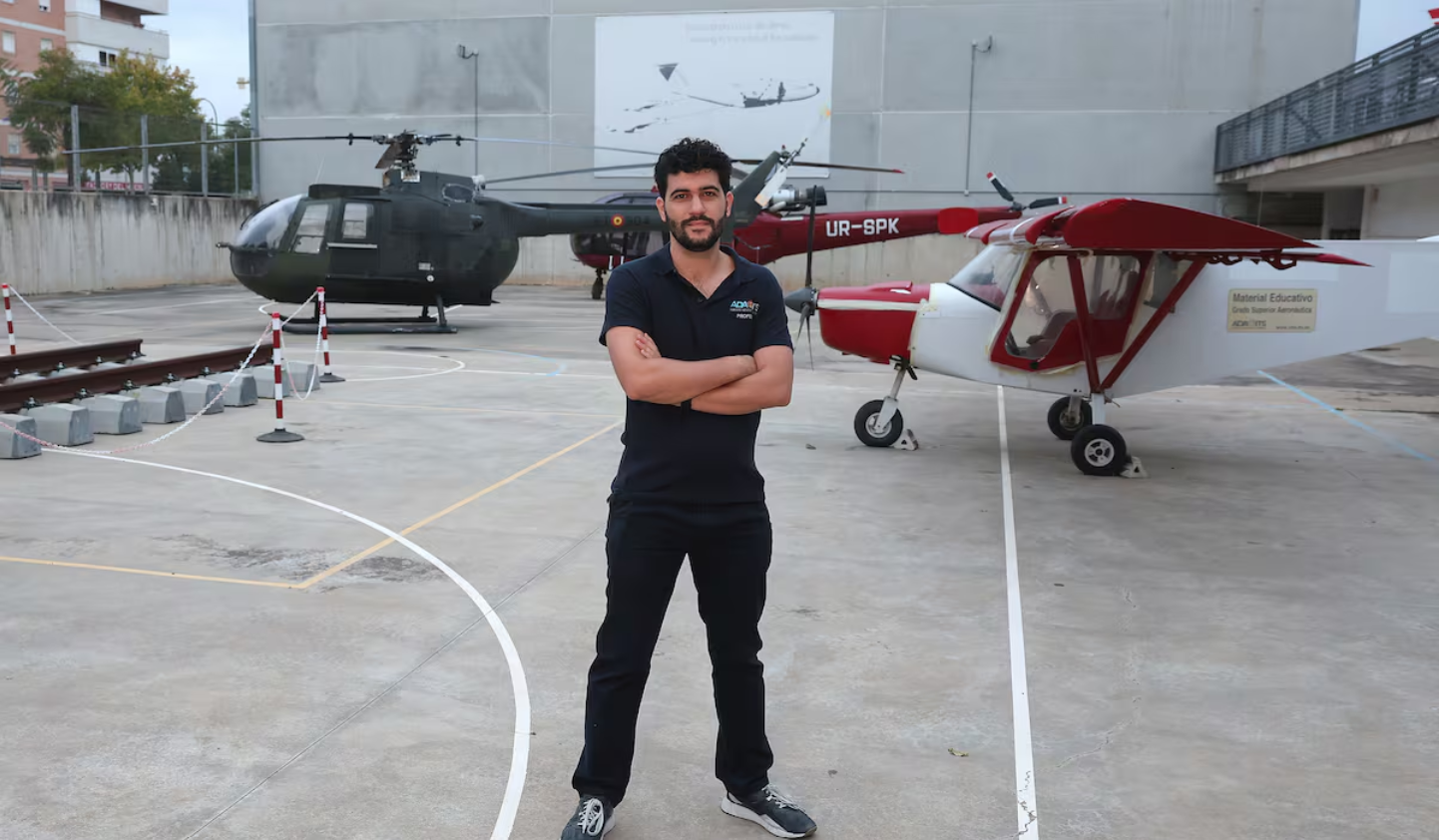
After almost two years of existence, text generators are an increasing challenge for teachers. Although most admit that there is no turning back, the process is full of obstacles.
It’s exhausting because it’s recurrent. I tell several students not to do it with AI and they do it again,” says Hernán Ojeda, a 33-year-old high school language and literature teacher in Buenos Aires, Argentina. After two years of existence, ChatGPT and other AI tools are already fully implemented and are commonly used in schools and universities. But the debate on how to properly introduce these tools in classes is slower than reality, and teachers are increasingly overwhelmed by the ease with which AI can solve any exercise.
“Students have no interest in trying to make sure I don’t notice, which adds to a general apathy among teenagers towards school,” says Ojeda, who posted (under his social media nickname) a viral message on X in September about his frustration with the senseless use of AI in homework. His message joins that of other teachers around the world who regret the immediate use of these AIs for any task.
“I’m not a professor anymore. I’m just a human plagiarism detector,” wrote Amy Clukey, a professor at the University of Louisville. “Now, I spend my time checking to see if a student wrote their own paper. What a waste of life.” Another article titled “I Quit Teaching Because of ChatGPT ,” by professor Victoria Livingstone in Time , lamented that her efforts to adapt had been in vain. In her piece, students sophisticated their requests and tools to avoid having to write even a paragraph. “Students who delegate their writing to AI miss the opportunity to think more deeply about their work,” Livingstone said.
This frustration is not limited to language or literature classes. Gabriel Rodríguez teaches programming at a vocational training institute in Seville. In his first course he teaches the basics of programming: “I try to shape the mind so that they think as they should think, with algorithms,” he says. There he completely prohibits AI. But some kids continue to use it. In the second course he does teach code more dedicated to what their professional world will be like and integrates AI into his classes.
All the teachers consulted by this newspaper know that “you have to adapt”, but the road to that adaptation is full of potholes and unforeseen problems. They are also tired of hearing on the networks and in reality that they lack vocation or that they must improve their methods. “It is demoralizing, because since I began studying to be a teacher, I went with the idea of changing the ways of traditional teaching, I always look for a way to make it dynamic, entertaining and not the dynamic of question and answer of before, of memorizing”, says Ojeda. That is why the response of some students is more frustrating: “They look for the repetition of something already existing. They give the exercise to the chat and they already hand in something with that”, they often copy and paste without paying attention to any detail.
Ojeda, for example, has to deal with the mobile phone in the classroom: “Here they use a lot of the AI that is integrated into WhatsApp” on the mobile phone, says Ojeda, who adds an important detail: “With the economic situation that the country is experiencing, with books and even photocopies of books being so expensive, most of the material is digital,” he adds. That is why they must always have the mobile phone in class and some take advantage of it to copy the assignment into the free WhatsApp AI and paste the answer. Meta has not yet deployed its WhatsApp AI in Europe: it is just another chat where the machine answers.
It’s hard not to be a police officer
This laziness of students is something that teachers must remedy in some way. Before ChatGPT, unenthusiastic students responded too quickly. Now, however, they answer without even looking at them. “You don’t have to be the police,” says Belén Palop, a professor at the Faculty of Education and Teacher Training Centre at the Complutense University of Madrid. “The student is telling you that you have to change, that he has trolled the system. It’s about continuing to grow constantly, which is obligatory for teachers.”
The arrival of the calculator decades ago is a frequent comparison among teachers. There are, however, nuances: all maths teachers assume that first you have to know how to do simple operations and then the calculator is normalized. “The calculator is very good when the task is more complex, but they have to learn to do the basic things,” says Palop.
The teacher sees a parallel between the calculator and ChatGPT: “Should all children learn to write? Yes. Should they all be Nobel Prize winners? No.” But there is a greater gap between knowing how to write and winning a Nobel Prize than between knowing the multiplication tables and then doing square roots with a calculator.
“Using it for educational purposes is great because it’s like having a private tutor at home. But it also happens that, and this is where the frustration of teachers comes from, the students give the task to the AI, it answers them in five minutes and they don’t think about it anymore,” says Rodríguez.
The pain of missing things
“One of the things that really worries me is that AI makes them miss out on the process of improving their writing,” says Gaby Silva, a literature teacher in Guayaquil, Ecuador. “The terrible thing is that you end up becoming the AI police. It makes me sad to have to be suspicious all the time. Before, you just checked to make sure they didn’t copy and paste something,” she adds.
As a teacher, one of her great joys was seeing the progress of people who started out poorly and actually improved, says Silva: “I am very happy that my students improve in their writing, but now my happiness is not complete because I don’t know if they have improved or if I put it in an AI.”
There is one important detail that is often forgotten in these cases: the willingness of the students. Rodríguez explains the case of another teacher who bases his classes on the potential of AI. “It is the students themselves who complain about why AI is used for everything in class, because they say that they are not acquiring the knowledge in the same way,” he says. Sometimes it is the students themselves who say that they will use it once they learn the basics of their training.
Clearly, there are teachers who have found ways to use AI details to their advantage: “I recently attended a talk by a teacher who had his students describe something as accurately as possible so that Dall-E [an image generator from text] would return the image they wanted. Now, suddenly, good description became important,” Palop explains.
But is this description enough for an AI to create the best one to later describe a complex mood or action? Maybe, but it is not obvious. Meanwhile, teachers must deal with students who have become and are perhaps internalizing an old and unnatural language: “The terminology that AI uses is usually more pompous, not appropriate for children or even for Argentine speakers. It is a neutral Spanish,” says Ojeda. “There are empty constructions, which sound very nice, but they are like a politician’s speech that points to big concepts and does not say anything significant,” he adds.
The work of detecting which students use AI is complicated, but not impossible. According to Rodríguez, it is easier with code than with language: “With programming, detecting it is easy because it is blatant. You know each student and how they program. You know when a code is quality, when it is not, and what tools they know. If they use commands that we have not seen or have an exaggeratedly good code quality, you know that they did not do it,” says Rodríguez.





